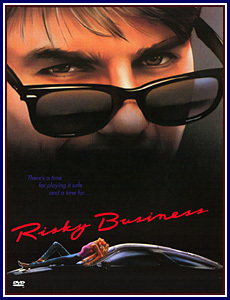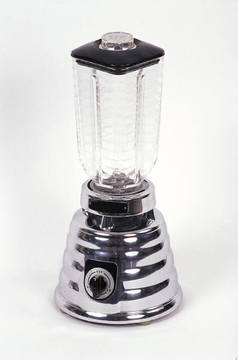 This is the second part of my series on debt inspired by the blog Dollar Buy Dollar. Before I get too deep into my posts, I want to stress that if you have a mortgage and you are sliding further into debt, please contact your Mortgage Professional as soon as possible. Don’t wait. It may feel better to dig your way out without help, however, credit card lates and even worse, mortgage lates, will ding your credit score down to where either:
This is the second part of my series on debt inspired by the blog Dollar Buy Dollar. Before I get too deep into my posts, I want to stress that if you have a mortgage and you are sliding further into debt, please contact your Mortgage Professional as soon as possible. Don’t wait. It may feel better to dig your way out without help, however, credit card lates and even worse, mortgage lates, will ding your credit score down to where either:
- Your rate for a possible refinance or equity loan is much higher as rates are credit score based.
- You no longer qualify for a mortgage at the loan to value you need for debt relief. (The amount of equity-loan to value-that is allowed to borrower is also credit score based).
I’m not a huge fan for using one’s equity as a cash card. However if your equity can bail you out of a desperate debt situation and if you are capable of changing your spending and savings habits so you don’t wind up having to tap your equity again, then it makes sense.
I cannot emphasize enough how important it is to take action right away. Especially in our current mortgage "subprime" climate where it is tougher to qualify for loans with lower credit scores. If your scores plumet too low and if you are not able to access your equity, you may be forced to sell your home. A mortgage late is more devistating to your scores than a credit card late and any recent lates will zap your score (mortgage lates carry more weight than a credit card late). Credit is reflective, so the more time since a late payment, the more your score will rebound.
Recently I helped a couple where the homeowner, who was self employed successfuly for over 20 years ran into hardships with his business. He wound up relying on credit cards to try to "bridge" his lack of income. In a short period of time, he was not able to pay his credit cards or keep up with his mortgage. He has a beautiful home valued around $700,000 and a mortgage balance of $250,000. He wound up with a 120 day late (3 months of not paying a mortgage–preforeclosure). His then Fiance helped to get him current on his mortgage, he was lucky! However the mortgage he had was ugly. The Fiance contacted me about refinancing their high rate subprime loan he was currently in. She had credit scores over 700 and his were around 400. In addition to the "preforeclosure" on his mortgage, his credit report was full of collections and late payments. Here’s what we had to do in order to help this couple in order for them to receive the best rate and program available:
- Wait until the 120 day late was 1 year old. (We were six months away and were waiting for the underlying mortgage’s prepayment penalty to expire).
- They married and she was added to the title. The lender wanted to wait until she was on the title for 6 months before they would close.
- He remained on the title (is still a vested homeowner) and is not on the new mortgage.
- His judgments had to be paid at closing. (This was a cash out refinance to pay off all remaining derogotory debts).
We did a no income verifed loan with just her on the mortgage. The new rate was just 0.25% over the available conforming rates with no prepay penalties. Bottom line, he was fortunate that when he disclosed his situation to his partner, she was willing to stick around and help bail him out. He’s also lucky that he owned a home and had enough equity that he could do the cash refinance or, if he had to, sell the home and have enough proceeds to pay off debt and have a savings left over.
If he didn’t have the mortgage lates, we could have refinanced his loan much sooner. It all worked out for the couple…now newlyweds! Restructuring the mortgage to eliminate the debts has made a dramatic difference in their lives. Your Mortgage Professional may or may not be able to help "bail you out". At the very least, a qualified Mortgage Professional can help you decide which debts to pay first. I’ll address that issue in my next post for this series.
Watch CNN’s video on Dollar Buy Dollar and couples who hide debt from each other.
Related Post: The Debt Disease…Dollar Buy Dollar; Borrower Beware


















Recent Comments